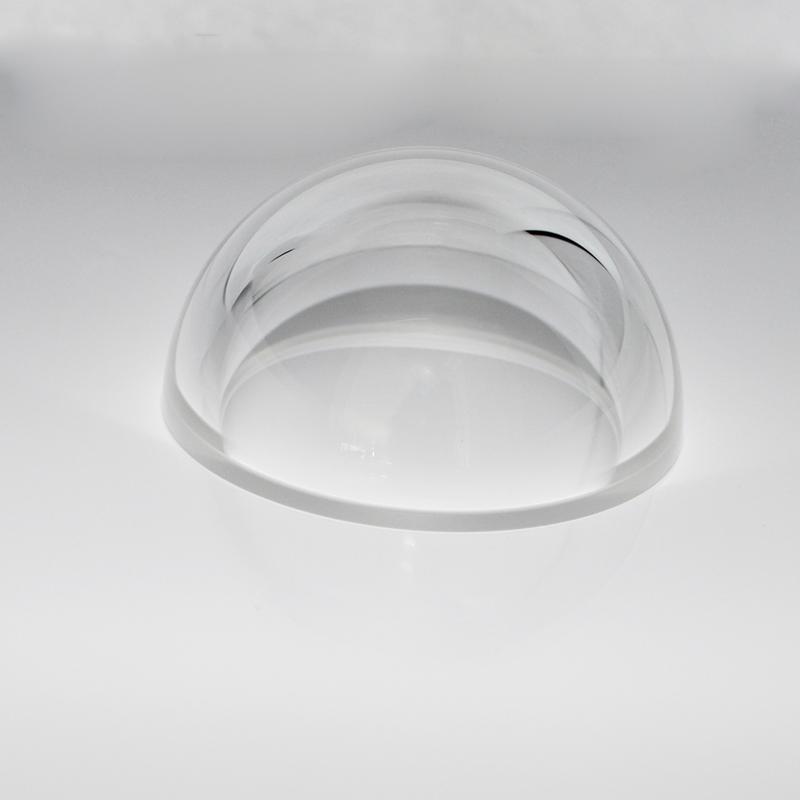Customized Sapphire Dome Optics
- Material: single crystal aluminum oxide, Al₂O₃
- Diameter: From 10 mm to 50 mm
- Wall Thickness: Dependent upon diameter
- Radius of Curvature: Hemispherical or 1mm(1.5mm) over the hemispherical
- Surface Quality: Down to 20/10
What is a sapphire dome?
The Sapphire Glass Dome is a spherical component made from single crystal aluminum oxide, Al₂O₃.
Sapphire has high hardness, high strength. Therefore, it becomes the preferred material for the production of optical components.
And Its hardness is only lower than a diamound. Therefore, it is a good material to make optics.
Due to its unique physical and optical properties, it is widely used in fields such as optics, industry, medicine, and research.
Chenyu sapphire dome can provide a very hard environment to protect other optical components.
Also, Chengyu employs advanced technologies. We have over ten years of experience in manufacturing sapphire domes. We can offer you various types and sizes of ball covers.
The core characteristics of sapphire domes
-
High hardness:
Its Mohs hardness is 9. The sapphire dome is much more sturdy than a similar dome due to its haedness.
-
Excellent light transmittance:
It has a high transmittance within the range of 200 nm to 5 μm. It can be used in various applications.
-
High-temperature resistance:
With a melting point as high as 2050 ℃, it can operate stably in high-temperature environments.
-
Chemical resistance:
The glass dome can adapt to different scenarios. Therefore, it can resist the erosion of acids, alkalis, salts and most chemical substances.
-
High mechanical strength:
It has excellent compressive and impact resistance.
Why use dome ports for underwater photography?
A dome port restores the natural angle of view of the lens. This ensures that the aspect ratio of the lens is maintained very accurately, and the image is also more precise.
Moreover, the dome design can also solve some common problems, such as aberrations. Compared to the flat one, it is more suitable.
Applications
-
Optical field
It can be used in lasers and sensors as a focusing or protective component.
-
Medical equipment
People often choose it for protecting the end faces of endoscopes, laser surgical instruments and optical probes.
-
Industry and Machinery
It is particularly suitable for high-pressure, high-temperature and highly corrosive environments.
-
Research and Special Purposes



